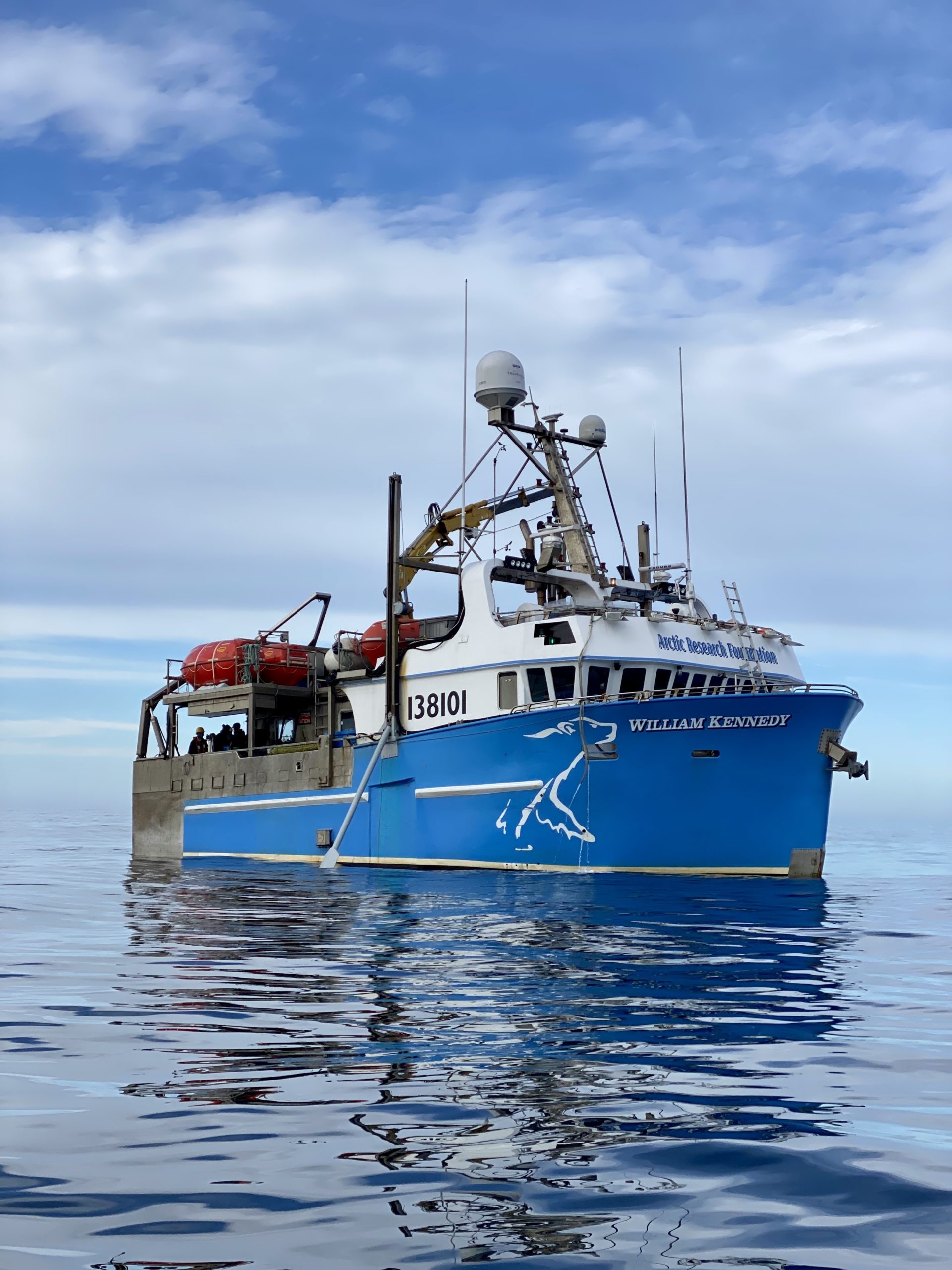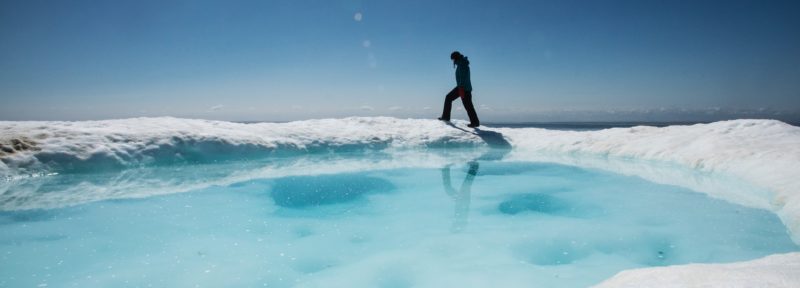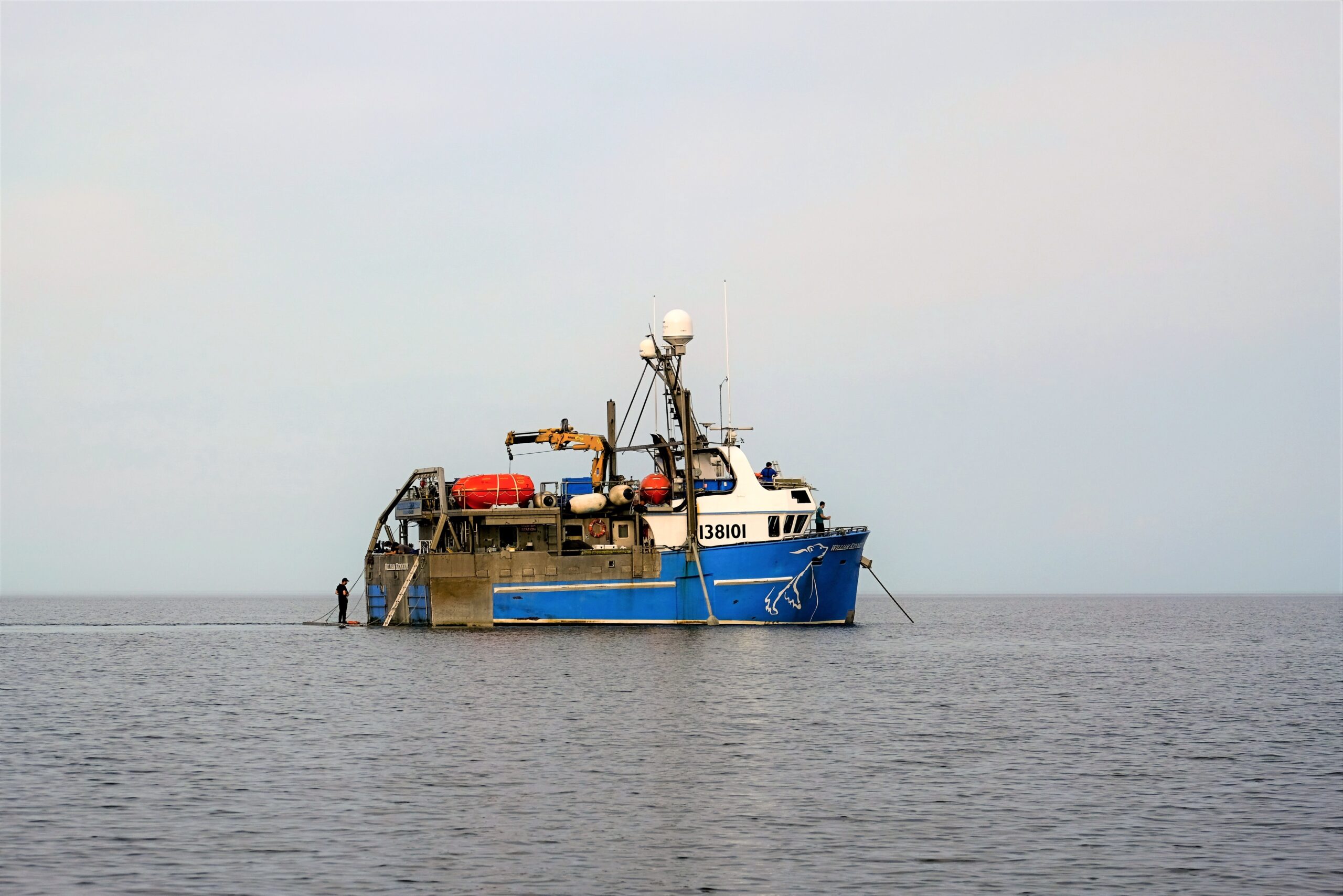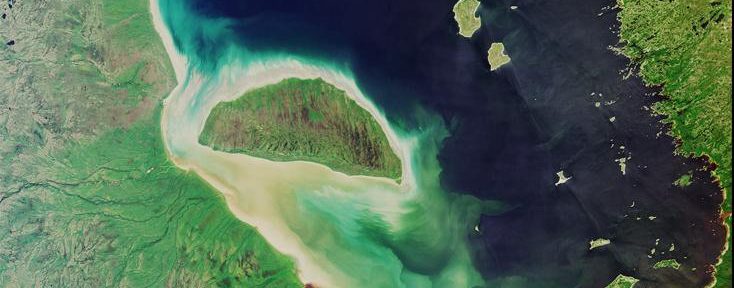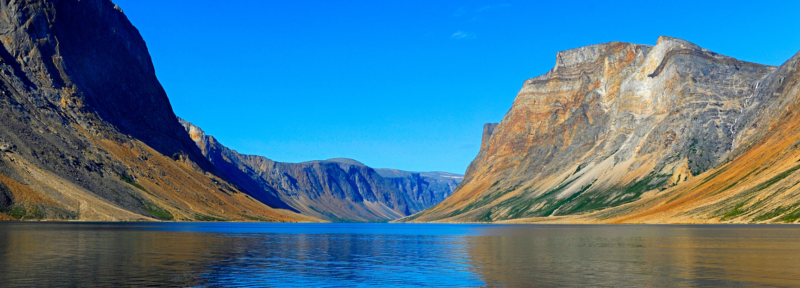Chasing Discoveries and Running from Storms in James Bay
The Research Vessel William Kennedy.
Credit: Brynn Devine
Captain David ‘Davey’ McIsaac greeted us at the Churchill airport on the morning of August 1, eager to get us all aboard the Research Vessel (R/V) William Kennedy and leave the docks. The waters of Hudson Bay were calm, but a large band of sea ice was situated along the southern portion of the bay—directly along our preferred route toward James Bay. We would have to steam up and around the ice, so Captain McIsaac wanted to leave as soon as possible and get a head start on what would now be a 3-day journey across Hudson Bay.
Thus began the second phase of a two-year expedition to explore and document James Bay, one of the least-studied water bodies in Canada. With a surface area over 68,000 square kilometres, James Bay is a formidable estuary. Fed by numerous large rivers, this shallow southern extension of Hudson Bay is home to migratory birds, belugas, polar bears, and a unique assemblage of aquatic organisms that don’t seem to mind the wide range of temperatures and salinities in this dynamic ecosystem. But the Cree communities that have used these waters for generations have noticed many changes over the past years, prompting the need for further research of the region’s oceanography and ecology.
There were 20 people aboard the R/V William Kennedy this year, including six crew members and a multi-disciplinary team of 11 scientists from the University of Manitoba, Fisheries and Oceans Canada, and the Université de Sherbrooke. We were also fortunate to have onboard locals from Moosonee, a Cree community just south of the bay: Stella Koostachin, a Cree-language teacher who was collecting information about the at-sea science to report back to the communities, and her son David Koostachin, who assisted with sampling on deck. I joined the first leg of the journey to help document and share some of the amazing research underway and lend a hand with the sampling where I could.
As soon as we got aboard the vessel, the researchers got straight to work. While I was distracted by the dozens of beluga whales visible off the back deck, the other new arrivals were busy sorting out the scientific equipment: with limited real estate in the laboratory of this 65-foot retrofitted fishing vessel, all were keen to find their respective equipment and (politely) vie for their preferred workspace. As a fellow scientist and no stranger to at-sea research, I struggled watching everyone and not having gear of my own to unpack. I quickly began buzzing about the lab with an incessant and relentless, “Do you need help? …Do YOU need help?” Eventually, someone gave me some bottles to label, so I was content and they were able to continue setting up in peace.
We set sail that evening, and despite the ice delay, the science was already underway: researchers were able to gather samples using the ship’s flow-through system hose, which draws water up from the surface during transit. Everything from primary production, dissolved oxygen, and sediments to environmental DNA and microbes were sampled at regular intervals along our detour, making the most of this unplanned opportunity. In between surface-water sampling, everyone took part in traditional boat-steaming activities—watching movies, playing cards, and eating lots of snacks (the boat was well-stocked, and Billy Gaudet the cook seemed to always have a minimum of three types of baked goods on offer).

Captain Davey McIsaac, Karson Myers, and Cheri Herbert (left to right) help retrieve a mooring that was deployed on last year’s expedition. Armed with oceanographic sensors and a sediment trap, this mooring collected valuable data on how conditions within James Bay change throughout the year.
Credit: Brynn Devine
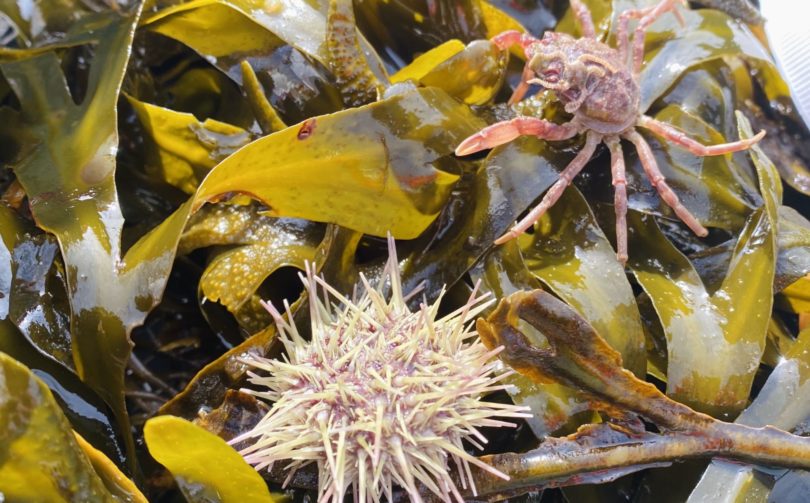
A small benthic grab deployed from the zodiac boat near the Belcher Islands yielded a variety of kelp, urchins, and a spider crab. These samples help us understand biodiversity and food webs in Hudson Bay's nearshore ecosystems.
Credit: Brynn Devine
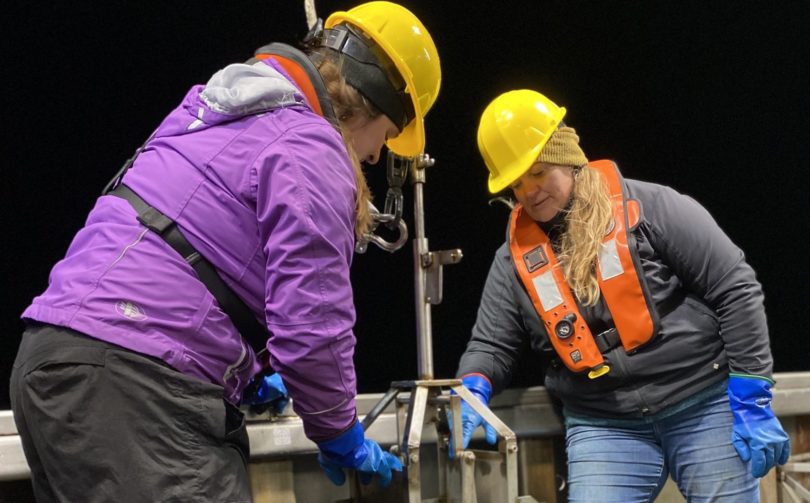
Maddy Stocking (left) and Cheri Herbert (right) retrieve the box core. This sediment sampler collects a deep block of the seafloor sediment, allowing scientists to discretely analyze surface (newer) sediment as well as layers of older sediments buried below.
Credit: Brynn Devine
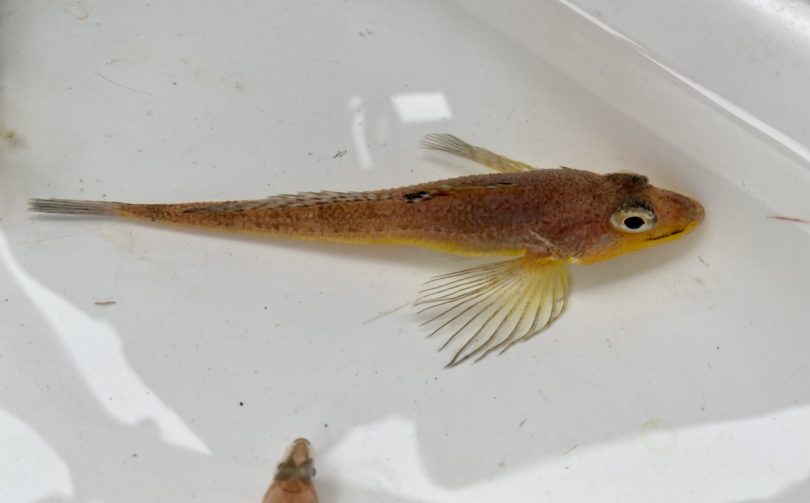
Moustache sculpin—notice the thin black ‘moustache’ on the side of the upper lip—are one of nearly 30 species of sculpins found in Arctic waters.
Credit: Brynn Devine
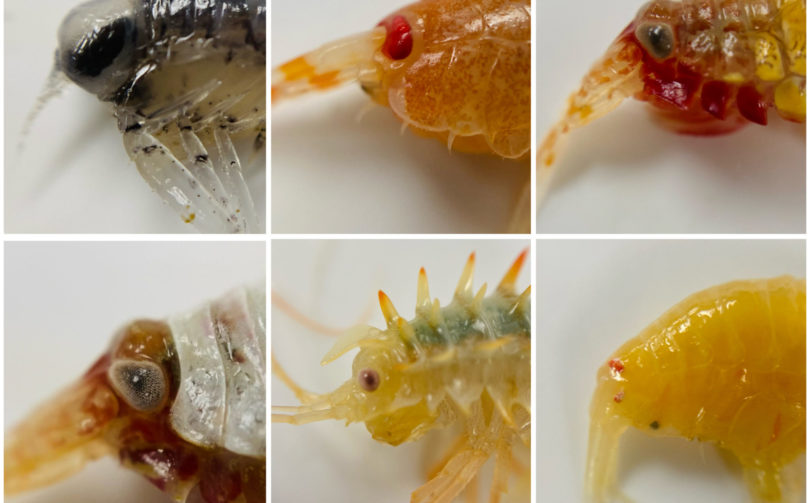
Amphipods are small crustaceans that come in all different shapes and sizes. These abundant and diverse creatures play an important role in marine food webs.
Credit: Brynn Devine
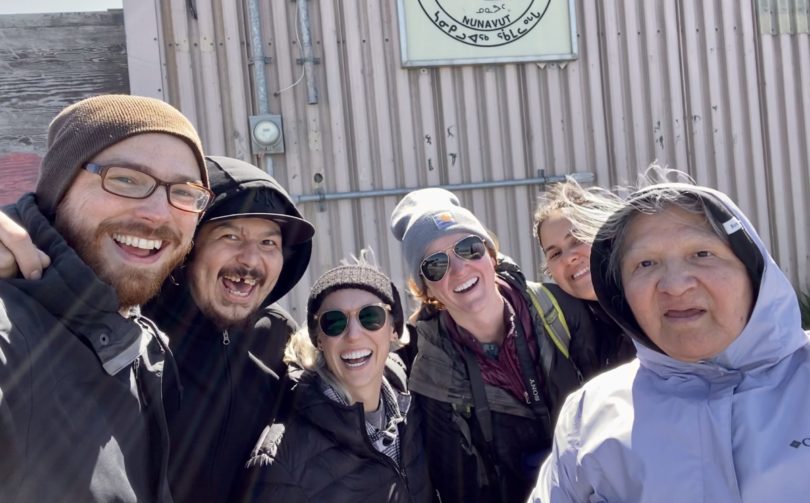
Exploring the community of Sanikiluaq while hiding from some bad weather. Sanikiluaq is home to over 800 people and is the southernmost community in Nunavut, located on the Belcher Islands. Left to right: Dave Capelle, David Koostachin, Brynn Devine, Lauri Corlett, Patricia Montalvo-Rodriguez, and Stella Koostachin.
Credit: Brynn Devine
On August 5 we arrived at our first full sampling station north of the Belcher Islands. The seas were calm, so the inflatable zodiac boat went out with a small group to do nearshore sampling in shallow areas beyond the reach of the William Kennedy. Once the zodiac set off, those remaining got the full station underway—and with 8 types of sampling gear, some deployed more than once, each station could take over 5 hours to complete.
First, the water samplers—CJ Mundy, Elizabeth Kitching, Nick Decker, Lauri Corlett, Céline Guéguen, Kim Howland, Kate Yezhova, and Patricia Montalvo-Rodriguez—deployed the rosette to collect water at various depths, each using their water samples to look at different physical, chemical, and/or biological properties of the water at each station. Plankton were next: Dave Capelle used the vertical ring net and bongo nets to collect larger zooplankton, then CJ and Elizabeth used a miniature vertical net with a very fine mesh to gather phytoplankton. Capelle and Kim Howland employed bigger nets—the benthic sled and beam trawl—to collect larger organisms from the seafloor. And finally, Madelyn Stocking collected sediments from the seafloor using two types of benthic samplers—a Van Veen grab and a box core. With samples onboard, there were still many hours ahead of filtering, sieving, and sorting. Each trawl and sediment grab contained countless critters that needed to be separated into species groups, quantified, and preserved—a task that often kept Kallie Strong and Delphine Collier in the lab until the wee hours, sifting through and matching hundreds of small crustaceans and worms. All of these samples and analyses will contribute to baseline data on the oceanography and ecology of this understudied region, and will help track how conditions change in the future.
We sorted the last of the worms while we hightailed it to the nearest harbour to hide from the first of what would be several storms over the course of our trip. We sheltered in Sanikiluaq, the most southern community in Nunavut and the only community in the Belcher Islands. Although it put a pause on our sampling plans, it gave us a chance to explore the lovely community, stretch our sea legs, stock up on groceries, and invite locals to come out and tour the vessel.
We finally got into James Bay a day later on August 8. You didn’t need to look at the GPS to know you’d arrived—you just needed to look at the water, which had quickly turned from a clear blue-green to a muddy, murky brown thanks to the suspended sediments brought by all the river water that poured into the bay.
For the next few days, we sampled as much as we could while the seas were calm before we had to dash to the nearest cove or island to shelter from a passing squall. Despite the bad weather, the team managed to complete 3 more stations and CTD surveys, mooring retrievals, along with additional sampling in between.
After finishing our final station on August 13, it was time to head toward Moosonee. There, we said farewell to Stella and David and welcomed some students from the community of Moosonee/Moose Factory who were interested in marine science and joined the vessel for the evening. The scientists each shared their research and the students took turns trying their hand at deploying different gears, with a quick tow of the beam trawl as the grand finale. Even this short tow closer to the coast yielded some species the scientists hadn’t encountered yet on the trip—including some potentially invasive rainbow smelt we were hoping not to see!
With that, the first leg of the James Bay Expedition came to an end. Those of us disembarking headed into Moosonee the following day to catch our flight. The plane arrived carrying the replacement scientists for the second leg. As we passed them in the small Moosonee airport, I watched as each departing scientist quickly located their replacement and attempted to debrief them on the essentials, relaying valuable intel about where certain equipment was stored on the boat or if any changes in protocols had occurred. With no replacement for myself, I wished them well (and for calmer seas) as we followed the pilot to the small plane headed back south.

